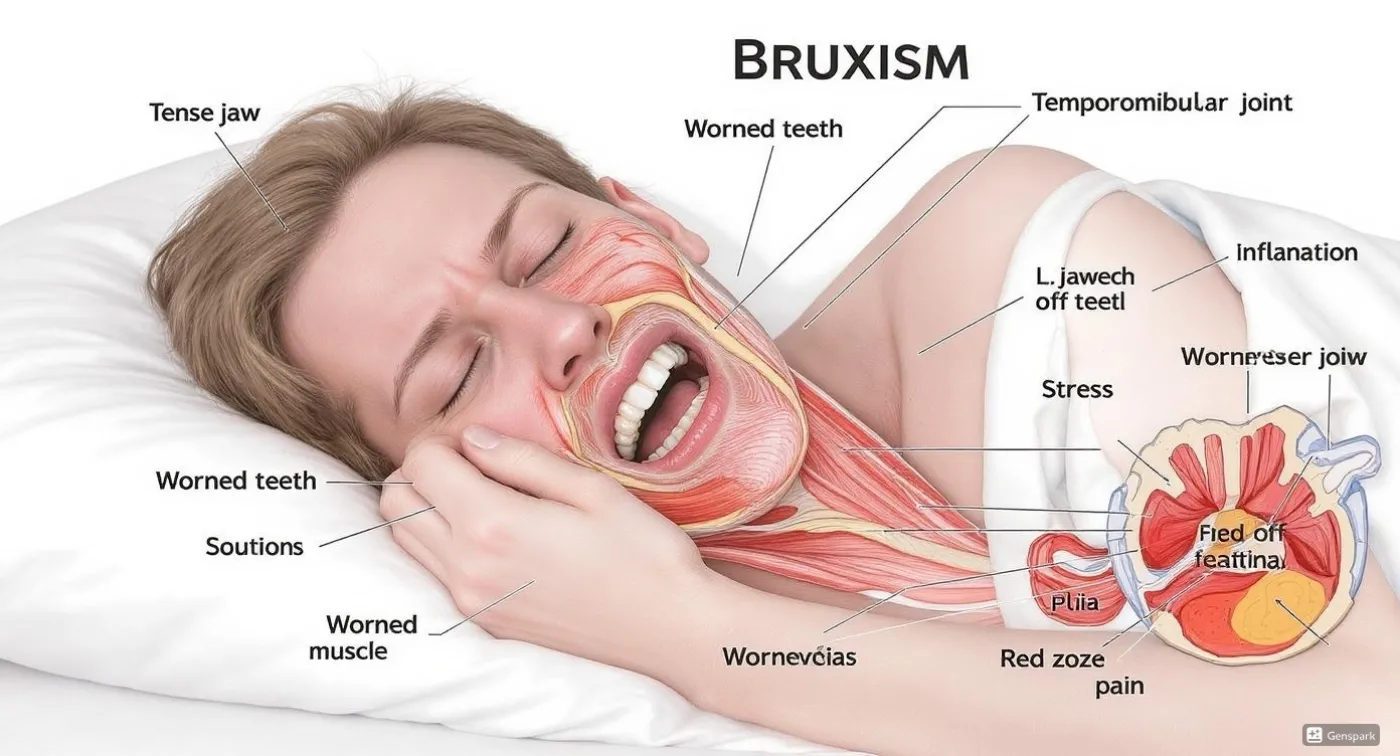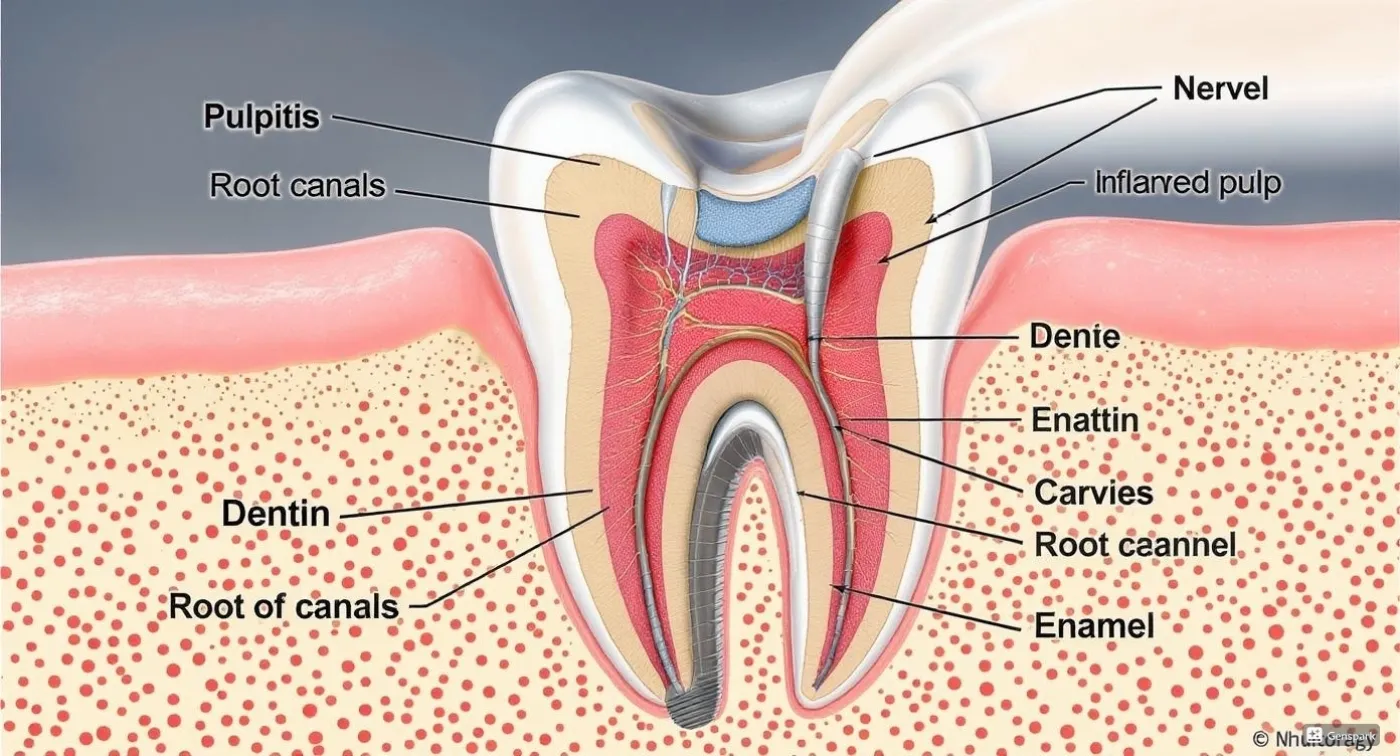A misaligned bite affects not only your smile but also the health of your digestive system. Braces effectively correct even complex issues, while aligners are ideal for milder cases, offering comfort and discretion.

Aligners vs Braces: Which Is Better for Bite Correction?
A misaligned bite is not just a cosmetic issue as it can lead to serious dental problems and even negatively affect the digestive system. To correct bite issues, modern dentistry offers two main solutions: braces and aligners. Both methods can straighten the teeth and create a flawless smile. But how do you choose the best option, and what are the key differences between aligners and braces? Let’s explore in more detail.
Which is better: aligners or braces?
Colored braces are fixed orthodontic systems that are installed separately on the upper and lower jaws. They effectively correct even serious dental anomalies. Depending on the indications, the devices are made of metal or ceramic and are attached to the outer or inner surface of the teeth. Braces are used in cases of uneven teeth alignment, their tilt or rotation, presence of diastema, bite disorders, imbalance between the upper and lower jaws, elevated canines, or the need to bring out unerupted teeth. The system may also be required to prepare the dental arch for prosthetics.
Aligners are modern removable orthodontic devices in the form of transparent trays that are actively used for bite correction and teeth alignment. Despite their relatively recent introduction in dental practice, they have proven their effectiveness and gained wide popularity. Aligners are usually used in cases of gaps between teeth, minor crowding or misalignment, as well as in cases of open or crossbite. They are also prescribed for mild forward jaw protrusion.
More About Braces Systems
A braces system is a complex orthodontic device consisting of brackets and a metal archwire. Each bracket is placed with high precision to achieve the desired effect on a specific tooth. This allows for the gradual correction of tooth position in the dental arch, their inclination, rotation around the axis, and interdental gaps. Such systems have many advantages: a variety of options, comfort during wear, and predictable results.
The main purpose of braces is to create a pinpoint pressure on the tooth, causing it to gradually move in the desired direction. An individual force scheme is selected for each tooth: the point of force application, its direction, and magnitude.
The construction includes a force archwire and brackets - the braces themselves. The archwire strives to return to its original shape and, passing through the brackets, exerts pressure on the tooth crown. This force is transmitted to the root, which initiates its gradual movement in the socket. The root is held by periodontal fibers that cushion the movement, but under pressure on one side, there is a lack of space on the opposite side.
In this area, osteoclasts - cells that break down bone tissue - become active, creating a path for the tooth to move. On the other side, osteoblasts form new bone, filling the freed space. This process is slow and natural, which is why treatment often lasts for years. Noticeable changes usually appear no earlier than 6–9 months after the start.
The cost of braces depends on the type of system, individual characteristics of the dental problem, materials used, and other factors. We can help select the best option based on your needs and budget.
Types of Braces
Braces systems come in a wide variety—they differ by materials, methods of archwire attachment, placement location, and other features.
- Vestibular braces are placed on the outer surface of the teeth. They are quite visible, which may be a drawback for some patients.
- Lingual braces are attached to the inner side of the dental arch, making them almost invisible; however, they may affect speech.
- Metal braces are the classic option, known for their simplicity, durability, and affordability.
- Ceramic systems offer a more aesthetic appearance, although they tend to be more expensive.
- Sapphire braces are among the least noticeable and most elegant options. They come in various shades and are highly resistant to discoloration.
Regarding how brackets are attached, braces are divided into two types:
- Ligature braces: brackets are fixed to the archwire using special elastic bands or wires called ligatures. These require regular orthodontist visits for replacement.
- Self-ligating braces: more modern systems with a built-in mechanism for fixation—slots and clips. They reduce the frequency of visits to the specialist.
Which braces are better? The choice depends on the clinical situation, aesthetic preferences, and the patient’s budget, and it is determined together with the orthodontist.
More About Aligners
Aligners are clear trays used in orthodontic treatment to gradually straighten the teeth. They are nearly invisible when worn and provide a comfortable way to correct the bite without traditional braces.
Before starting treatment, thorough planning is carried out: the upper and lower jaws are scanned, and specialists digitally model the tooth movements. This helps determine how many aligners will be needed to achieve the desired result.
In some cases, interproximal reduction (IPR) may be required - the removal of a thin layer of enamel between teeth to create space and ensure proper alignment.
After the aligners are made, small attachments made of photopolymer material are bonded to certain teeth. These attachments help guide the teeth movements according to the treatment plan: some teeth stay stable while others gradually shift.
The aligners are made of transparent, durable material and should be worn for 21-22 hours a day. They can be removed only during meals, tooth brushing, aligner cleaning, or when drinking hot beverages.
The exact number of aligners is determined after the planning phase, as it depends on the individual complexity of the case.
The treatment process is supervised by an orthodontist - patients usually visit the clinic every 1.5 to 2 months, or more often if needed.
The cost of aligners depends on the severity of the problem, the features of the system, the brand, and other characteristics.
Main Differences Between Braces and Aligners
Appearance
Braces are small brackets made of metal or ceramic, fixed to the outer - or in rare cases, the inner - surface of the teeth using a photopolymer material. They are visible when talking or smiling, but some people see them as a kind of accessory that temporarily complements their look. There’s definitely no need to be embarrassed by having them.
Aligners, on the other hand, are clear trays that are almost invisible inside the mouth. If you don’t know someone is wearing aligners, it’s unlikely you would notice them as they have a very delicate appearance.
Hygiene
Since braces are fixed and cannot be removed, oral hygiene requires special attention. Teeth must be cleaned along with the braces, and food stuck between brackets and wires can cause cavities. To prevent this, it’s necessary to regularly and thoroughly care for the mouth using special tools such as interdental brushes, water irrigators, and other devices.
Orthodontic plates or aligners can be removed before cleaning teeth, making them easy to rinse under running water. Aligners don’t complicate daily hygiene or cause extra difficulties.
Comfort
Braces may cause discomfort right after installation and after each adjustment appointment. The pain usually subsides within a few days. Additionally, you need to learn to chew carefully to avoid damaging the appliance. In this regard, aligners are much more comfortable as they don’t cause discomfort, and you can remove them while eating.
Treatment Effectiveness
Braces can handle even the most complex cases of malocclusion or misaligned teeth. They are considered a universal orthodontic tool that effectively corrects almost any problem.
Modern aligners are ideal for correcting minor tooth misalignments as well as some more severe defects. Their effect is also very predictable, as the treatment is pre-planned with specialised software.
Cost
Compared to braces, aligners are more expensive. This is because each tray is custom-made in specialised labs. A typical set includes around 22 aligners, each corresponding to a specific stage of treatment. All treatment stages are programmed in software that dictates the order and duration for wearing each aligner.
How Braces Are Installed
Braces can be installed using different methods: direct or indirect. With the direct method, the orthodontist manually places each bracket directly in the mouth and secures it with a light-cured material. This process takes more time and can be less comfortable for the patient.
The indirect method involves first fixing the system onto a plaster model, then transferring it to a custom tray. The patient wears the tray, and the braces are fixed on each jaw in the correct position. This method significantly reduces the procedure time.
Braces are removed after the treatment or a treatment phase is completed. Each bracket is carefully detached from the tooth, and any remaining dental adhesive is cleaned off. A retainer is then installed to maintain the results.
How Aligners Are Used
Aligners fit snugly on the teeth, allowing easy removal before meals or oral hygiene procedures.
They do not require additional metal parts or hooks for fixation. Aligners effectively correct the bite as long as they are worn at least 20-22 hours per day. They should only be removed during eating and cleaning.
Failure to follow these rules may significantly reduce treatment effectiveness. If there are difficulties with proper aligner fitting, it is recommended to consult a dentist for detailed instructions and advice.
How Long Should Aligners Be Worn?
Aligner treatment involves sequentially replacing trays, each worn for about two weeks. After that, the tray is replaced with the next one, allowing continuous tooth alignment. With each new tray, gradual changes can be noticed - the teeth shift in the desired direction, bringing you closer to the intended result. A common question is how long aligners need to be worn. There is no definite answer since treatment duration depends on individual circumstances, but the minimum period is usually about 6 months. This is generally faster than with braces.
During the entire correction period, the dentist may adjust the treatment plan and, if necessary, take new impressions to produce the next trays. These services are usually included in the overall cost. Another important factor is daily wear time: to achieve the expected result, aligners should be worn at least 20-22 hours a day, only removing them during meals or tooth brushing. Before putting the tray back on, it’s essential to clean your teeth or at least rinse your mouth thoroughly to avoid cavities. Among the advantages of aligners are hypoallergenic materials and a smooth surface that does not irritate the oral mucosa.
So, which is better: braces or aligners? Only a dentist can answer this after examining your teeth. Gallant Dental Clinic offers various modern types of bite correction treatments for children and adults. Our specialists will help select the most effective system tailored to your individual clinical situation.
Request a call
We will contact you to schedule a convenient time for your consultation and connect you with the right specialist
More articles
We have gathered all the most interesting posts from our specialist doctors in our blog just for you
Dental Treatment During Pregnancy: Myths and Facts

Bruxism (Teeth Grinding) and How to Get Rid of It Forever


Request a call
We’ll get back to you shortly!

Leave a Review
Your feedback means a lot to us!



